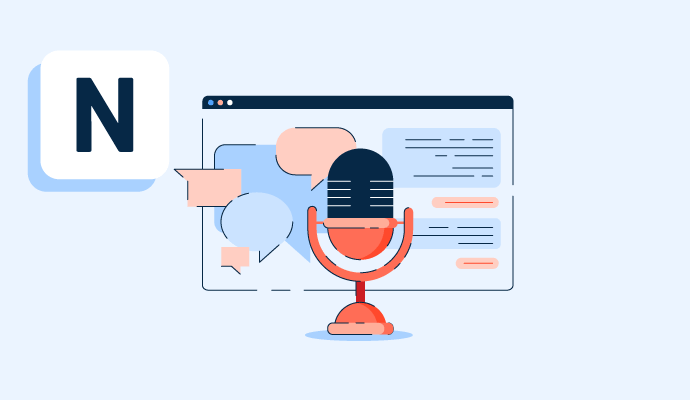What is natural language processing?
Natural language processing (NLP) is a branch of artificial intelligence concerned with how computers understand and process large volumes of natural language data. It studies natural language as an input and breaks it down for easy processing.
NLP developments have led to the development of interactive smart devices and text-to-speech software. This type of software, also known as speech synthesis or speech generation, can add synthesized voices to websites or applications.
Over the past decade, a dramatic shift in NLP research has led to extensive use of statistical techniques like machine learning (ML) and data mining. NLP combines computer science, linguistics, and ML to study the method of communication between computers and humans in natural language.
Benefits of natural language processing
NLP has several benefits for businesses, including:
- Helps analyze large data sets. Companies come across vast sets of unstructured data every day. It would take days or weeks to analyze it manually. NLP technology helps analyze and process such massive data accurately and faster.
- Provides unbiased analysis. Decision-makers can get influenced by external factors that could affect their analysis, or have cognitive biases, which may lead to errors in analysis. NLP provides unbiased and objective analysis, reducing any chances of errors.
- Enhances client experiences. NLP helps understand customers’ queries and respond to them for faster resolution. Examples include chatbots and virtual assistants.
Natural language processing techniques
NLP has become increasingly crucial for businesses to gain a competitive advantage and provide personalized services to their customers. Below are some techniques that businesses use to leverage NLP.
Below are some notable NLP techniques businesses may use.
- Sentiment analysis is the dissection of data, like text or voice, to determine whether it’s positive, neutral, or negative. It transforms huge volumes of customer feedback or reviews into quantified results.
- Named entity recognition tags organization names, people, or proper nouns in text and extracts them for further study.
- Text summary breaks down jargon into basic terms.
- Topic modeling uses artificial intelligence programs to tag and group clusters with common topics.
- Text classification organizes large volumes of unstructured data.
- Keyword extraction simplifies the task of locating the most relevant data within text.
- Lemmatization and stemming illustrate how text data is divided, tagged, and organized based on either the root stem or definition.
Natural language processing use cases
In many real-world applications, machine intelligence is powered by natural language processing, some of which are discussed below.
- Spam detection. NLP is the top spam detection tool. It examines emails for language that frequently denotes spam or phishing. The overuse of financial phrases, recognizable poor grammar, intimidating language, improper urgency, or misspelled corporate names are red flags. One of the few NLP issues experts believe to be "largely solved" is spam detection.
- Machine translation. Google Translate is a readily accessible NLP technology. Rather than swapping out words from one language to another, machine translation must precisely capture the meaning and tone of the source language to produce material that has the same meaning and the desired effect in the target language. Text translated into one language and then back into the original is a fantastic approach to testing any machine translation software.
- Chatbots and virtual assistants. Virtual assistants use speech recognition to find patterns in voice commands and natural language generation to respond appropriately. An example is Apple’s Siri.
- Sentiment analysis in social media. NLP has emerged as a crucial commercial tool for revealing hidden data insights from social network platforms. Sentiment analysis can examine the language used in social media postings, comments, and reviews to extract attitudes and emotions in response to products, promotions, and events. Businesses can use this information to create new products and launch new marketing initiatives.
- Text summarization. This uses natural language processing techniques to process massive amounts of digital text and provide summaries for indices, research databases, or busy users who don't have time to read the complete text. The best text summary software uses natural language generation (NLG) and semantic reasoning to summarize relevant context and conclusions.
Natural language processing vs. text mining
Natural language processing teaches machines to comprehend natural language. Although computers understand structured information, it becomes a challenge to understand human languages, texts, and voices that come under unstructured data.
Text mining is a technique that extracts critical numerical indices from the text. As a result, it makes several algorithms capable of accessing the information in the textual content. The information can be extracted to create summaries from a document. Text mining is an artificial intelligence system that processes data from various text-based content pieces. Many deep learning algorithms are applied to accurately assess the text.
Learn more about deep learning and understand how intelligent machines learn and progress.

Sagar Joshi
Sagar Joshi is a former content marketing specialist at G2 in India. He is an engineer with a keen interest in data analytics and cybersecurity. He writes about topics related to them. You can find him reading books, learning a new language, or playing pool in his free time.

